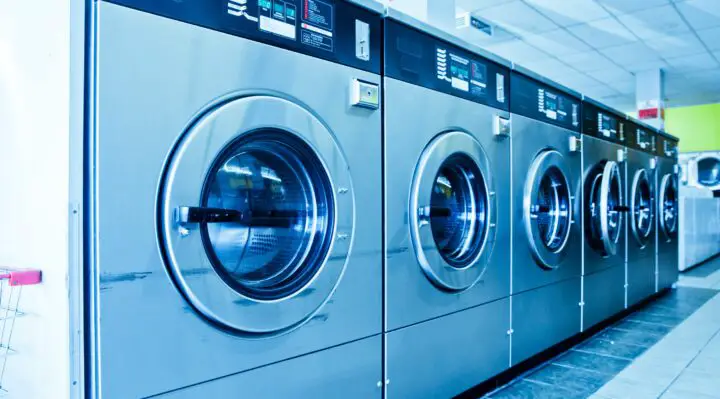Have you noticed your washing machine isn’t filling up as fast as it used to? This common problem is often due to a low water pressure washing machine issue. This guide is here to help you resolve this issue and get your laundry routine back on track. We’ll cover everything you need to know, step by step, to troubleshoot and solve this problem.

Table of Contents
Understanding the Problem: Low Water Pressure in Washing Machines
Before we jump into solving the problem, let’s understand the concept of low water pressure in a washing machine. A washing machine requires a certain amount of water pressure to operate effectively. If the water pressure is too low, the machine may not fill quickly or adequately, which can impact its performance and, in some cases, potentially cause damage.
Signs of Low Water Pressure in Washing Machines
The most apparent sign of low water pressure is when your washing machine takes longer than usual to fill up with water. In some instances, the machine might not fill up at all. Other signs could include poor rinse performance, longer cycle times, or error codes (depending on the machine model).
Steps to Troubleshoot and Fix Low Water Pressure Washing Machine Issues
The following steps will guide you on how to identify and solve low water pressure washing machine problems.
Step 1: Check Water Supply
Firstly, ensure that your home’s water supply is functioning correctly. Check other faucets in your house to determine if the low water pressure issue is localized to your washing machine or is a more widespread problem. If you discover that only your washing machine has low pressure, proceed to the next step.
Step 2: Inspect the Hoses
The problem could be as simple as a kinked or clogged hose. Check the hoses connecting the washing machine to the water supply. Ensure they are correctly attached, not kinked or clogged. If you find any issues, straighten the hose or clear the blockage. If the hose is damaged, consider replacing it.
For more articles on washer efficiency, click here: Washing Machine Efficiency: Comprehensive Guide to Saving Energy
Step 3: Check the Filters
Washing machines typically have filters at the water inlet. Over time, these can become clogged with debris and reduce the water flow. Check the filters and clean them if necessary. Always turn off the water supply before doing this to avoid any water leakage.
Step 4: Verify the Water Valve
If your washing machine still has low water pressure, check the water valve. Ensure it is fully open to allow maximum water flow. If the valve is damaged or not functioning correctly, it may need replacement.
Best Washing Machines for Low Water Pressure
If you are considering purchasing a new washing machine to deal with low water pressure, there are specific models designed to work efficiently with low water pressure. Before purchasing, research for the best low water washing machine that suits your needs and preferences.
Can Low Water Pressure Damage a Washing Machine?
Consistently low water pressure can potentially cause damage to your washing machine. It can strain the motor and other components, reducing the machine’s lifespan. Regular maintenance and promptly addressing low water pressure issues can prevent this damage.
Understanding Low Water Use Washing Machines
Low water use washing machines, also known as high-efficiency (HE) washing machines, use less water than traditional models. They work by using high-pressure jets to clean the clothes. These machines can work well in situations with low water pressure, making them an excellent option for such cases.
In conclusion, a low water pressure washing machine issue is a common problem, but one that can be easily resolved. By following this step-by-step guide, you can ensure your washing machine operates at its full capacity, providing clean, fresh clothes every time.